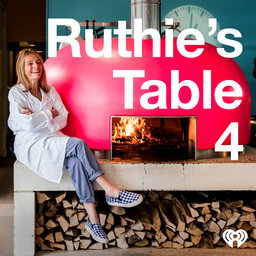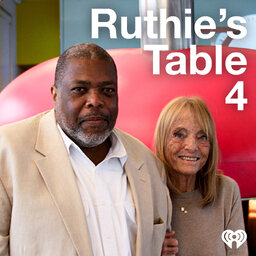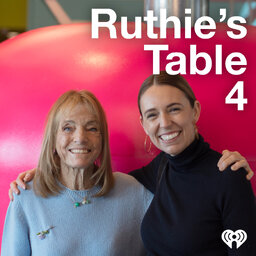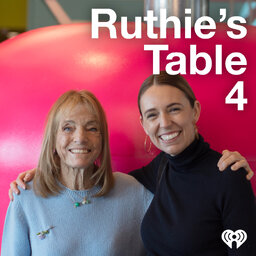Scott Rothkopf
The connections between Scott Rothkopf, Director of New York’s Whitney Museum, and I run deep.
When Rose and I wrote the first River Cafe Cookbook in 1994, Scott’s husband, Jonathan Burnham, helped us with our introduction.
Museums and restaurants are about connecting art and people. They welcome people into a space and create something beautiful to see, or cook something delicious for them to eat. This is what my friend Scott and I do every day, and this is what we will talk about today. A deep connection, indeed.
Ruthie's Table 4, made in partnership with Me+Em
 Ruthie's Table 4
Ruthie's Table 4


